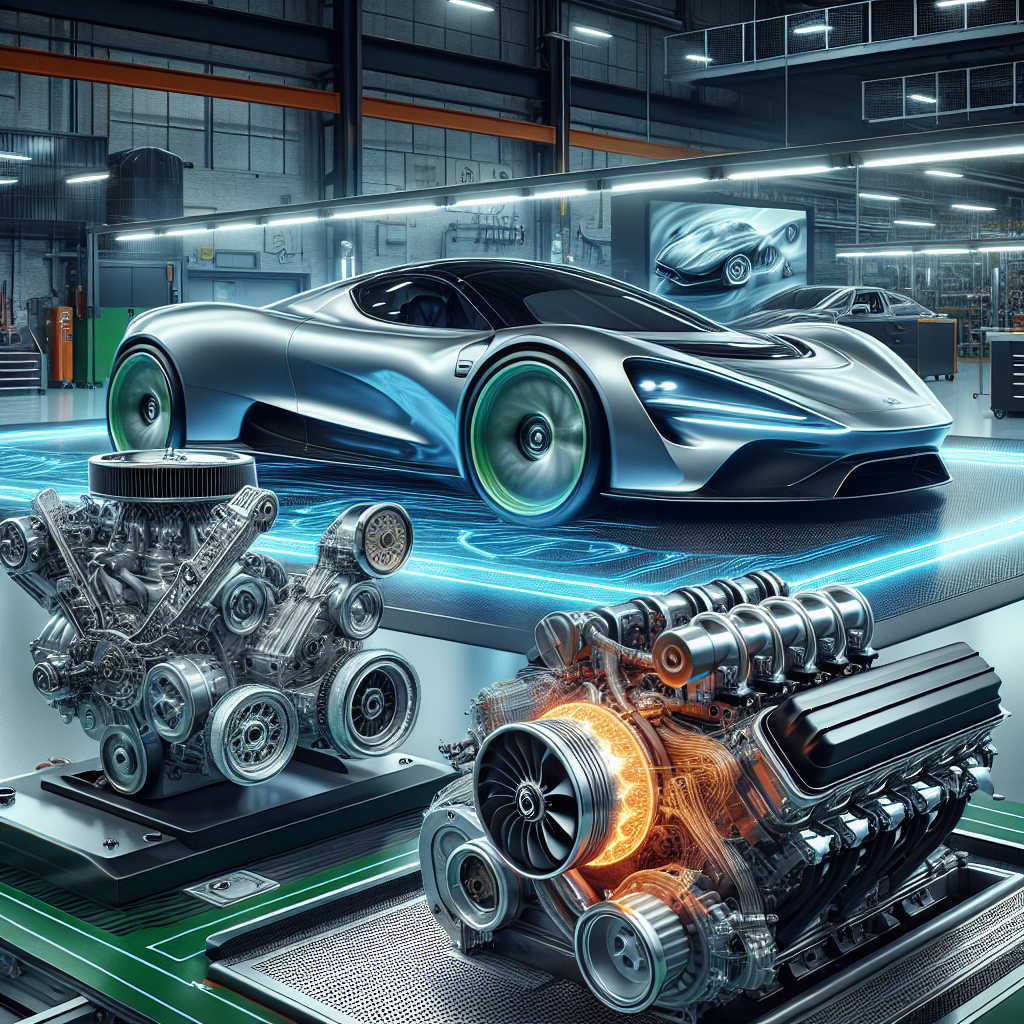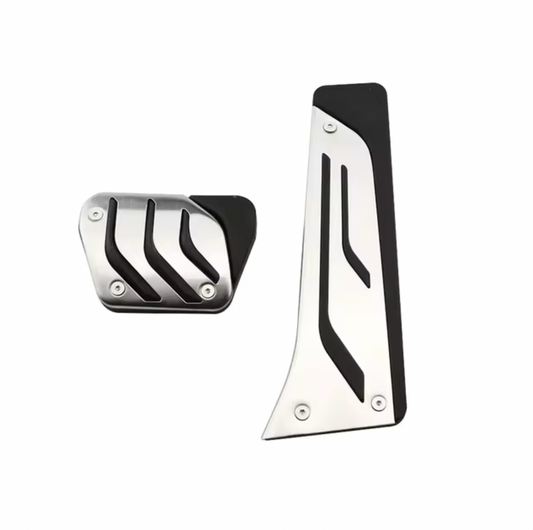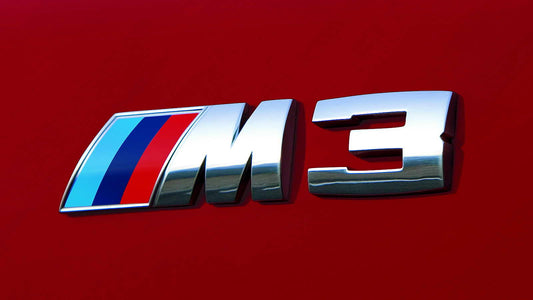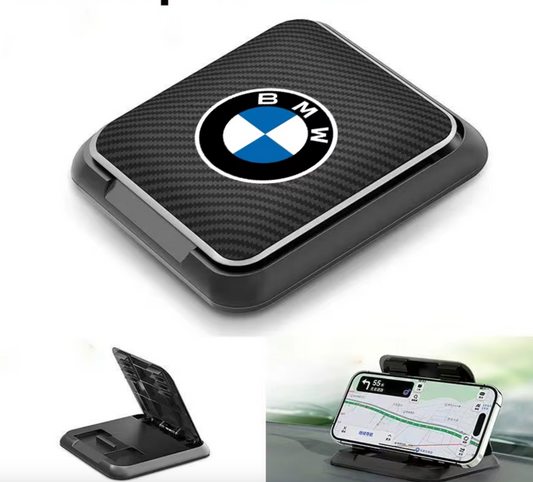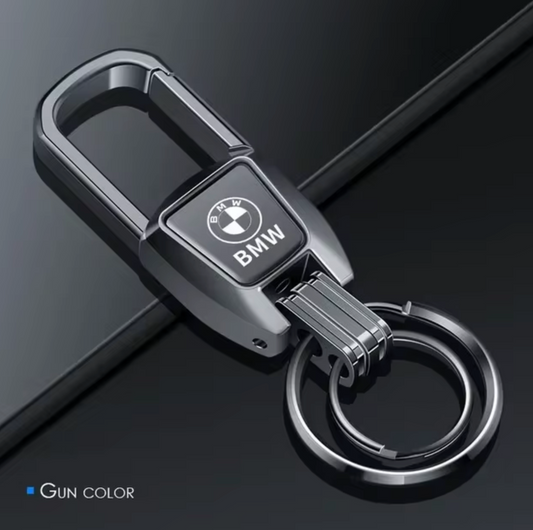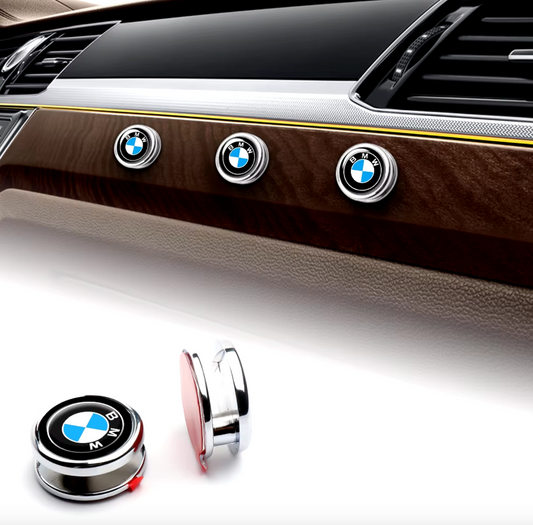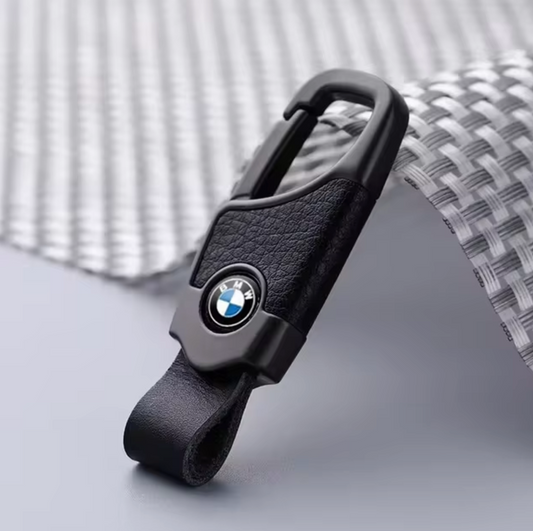The Evolution of BMW Engines: Maximum Innovation and Performance
Since its founding in 1916, BMW has been synonymous with innovation and performance in automotive engineering. BMW engines have evolved significantly over the years, adapting to new technologies and needs of the modern driver. This article will review the evolution of BMW engines, highlighting the most important milestones and technological advances that have positioned BMW as a world leader in high-performance engines.
The First BMW Engines
In the beginning, BMW was dedicated to the manufacture of aircraft engines. But it was not until 1923 with the introduction of the BMW R32 motorcycle, equipped with the BMW M2B15 engine, that the brand took its first major step into the automotive industry.
The Golden Age of Turbo Engines
One of the most notable developments in the evolution of BMW engines was the introduction of turbo engines in the 1970s. The BMW 2002 Turbo was the first production car in Europe to offer a turbo engine, revolutionizing the market with its performance. and efficiency.
V8 and V12 Engines: Power and Luxury
In the 80s and 90s, BMW continued its path of innovation with the production of V8 and V12 engines. These engines not only offered exceptional performance, but also focused on luxury and comfort, cementing BMW's reputation as a manufacturer of high-end cars.
Current Engine Technology
Today, BMW focuses on hybrid and electric powertrains, as part of its commitment to sustainability and energy efficiency. The BMW i series, which includes models such as the i3 and i8, are clear examples of how the brand continues to lead in technological innovation.
Future perspectives
The future of BMW engines focuses on the development of even more advanced technologies, including hydrogen engines and greater range capabilities. With each new advancement, BMW makes sure to maintain its legacy of performance and innovation.
For more information about our exclusive BMW products and accessories, visit our online store .

